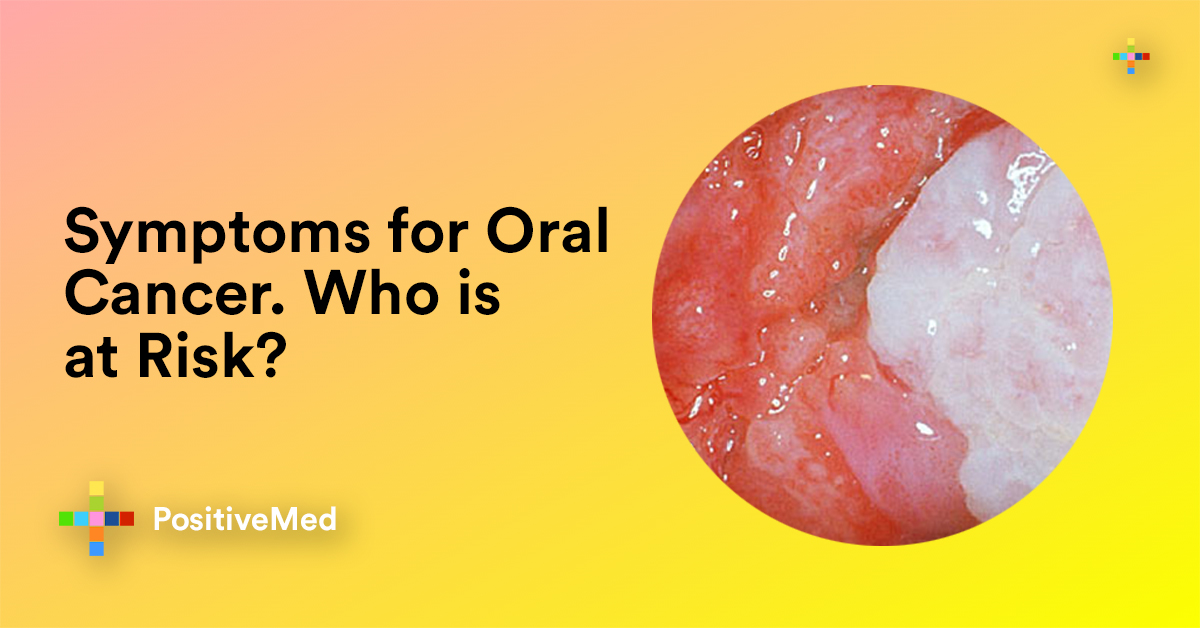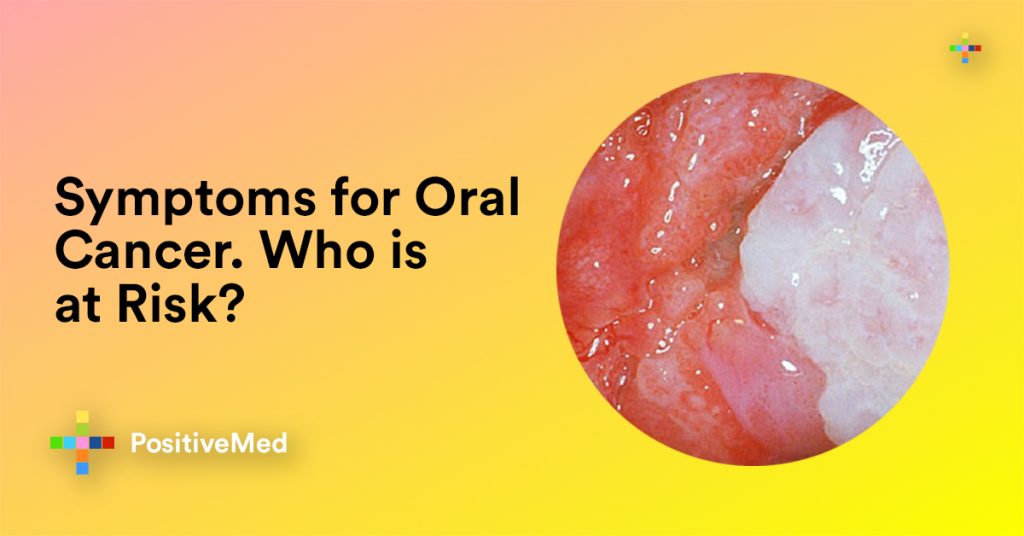[nextpage title=”…”]
At 50 years old, Ling Jianjun is missing half his jaw. He has a large red scar that extends from the right hand side of his chin down to his neck. Strangers stare at him as he walks down the street, and he doesn’t want to look at his face in the mirror because it reminds him of an incredibly painful experience he’d rather forget. He is an oral cancer survivor.

In 2010, Ling developed a canker sore and began a year-long quest for an effective treatment for it, he tells the South China Morning Post. He lives in Xiangtan, a city located in the southern province of Hunan. Local doctors advised Ling to take antibiotics for his canker sore. Initially, they worked, but his sore grew back. He took other medications, but they were also ineffective.
Ling’s doctor sent him to a head and neck cancer specialist at the Hunan Provincial Tumour Hospital. Ling was diagnosed with oral cancer. His specialist recommended that he have the cancerous tissue surgically removed before it spread. Ling followed this advice and had a seven-hour operation to remove the cancerous tissue. Though half of his jaw is now gone, Ling is a survivor.
Ling’s oral cancer was caused by chewing betel nuts. A betel nut is a seed of the areca palm, which grows in Asia, the tropical Pacific, and parts of east Africa. Ling hopes his story can help educate others on the dangers of chewing betel nuts. Betel nuts are incredibly popular in Xiangtan. In fact, Xiangtan has been the largest processing center for betel nuts since the 1990s.
Betel nuts contain arecoline, which may cause cancer. Professor Ying-Chan Ko at the Kaohsiung Medical University has done research that indicates that betel nut addicts are 28 times more likely to develop oral cancer than individuals who do not consume the nuts.
Symptoms of Oral Cancer
Cancer is an uncontrollable growth of cells that invades and damages surrounding tissue. Oral cancers include cancers of the hard and soft palate, floor of the mouth, lips, cheeks, pharynx (throat), tongue, and sinuses.
RELATED ARTICLE: Lower Your Chances Of Ever Getting Cancer
[/nextpage]
[nextpage title=”…”]
There are several symptoms, one can experience. According to WebMD, persistent sores on the neck, mouth, or face that bleed easily and fail to heal within two weeks, a change in the way your teeth or dentures fit together, velvety white, red, or white and red patches inside the mouth, and unexplained pain, tenderness, numbness, or loss of feeling anywhere in the mouth, neck, or face are all symptoms of oral cancer.
According to the Cancer Treatment Centers of America, those with oral cancer may also have loose teeth, persistent bad breath, and teeth or jaw pain.
If you have oral cancer, you may also experience a change in voice, hoarseness, or a chronic sore throat. Significant weight loss, ear pain, throat soreness or the feeling that something is caught in the back of your throat, unexplained bleeding in your mouth, and difficulty chewing, swallowing, speaking, or moving your tongue or jaw are other signs you may have oral cancer. Swelling, lumps, bumps, eroded areas, crusts, or rough spots on your gums, lips, or other areas inside your mouth can also indicate the presence of cancer.
Preventing Oral Cancer
Many factors can raise your risk of developing oral cancer. According to Healthline, a family history, a previous diagnosis of the condition, being male, having the human papillomavirus (HPV), chewing betel nuts, and chronic exposure to the sun without protection put you at greater risk of developing oral cancer. Individuals who have certain genetic disorders, such as Fanconi anemia and Dyskeratosis congenita are also at higher risk of developing the condition, according to the Cancer Treatment Centers of America.
Using tobacco also increases your risk of developing the condition. This includes chewing tobacco as well as smoking cigars, pipes, and cigarettes. Individuals who use alcohol and tobacco heavily are at even great risk, according to Healthline.
RELATED ARTICLE: Cancer Symptoms First Appear On Your Hands – How to Spot Them?
While you cannot change your family history or genetic makeup, there are some things you can do to prevent oral cancer. Avoid chewing betel nuts, and don’t smoke or use any tobacco products. Drink alcohol in moderation, and when you do drink, don’t binge drink. Limiting your exposure to the sun will also help you prevent oral cancer. When you do go out into the sun, wear sunscreen specifically formulated for your face and lips to protect your face from the sun’s harmful rays.
WebMD also recommends using a bright light and a mirror to examine your mouth for signs of oral cancer periodically. Call your dentist right away if you notice any changes in your mouth’s appearance or have other signs and symptoms of oral cancer. Visiting your dentist regularly and asking for an oral cancer screening is also recommended, as dentists are often the first to detect oral cancer. An early diagnosis can lead to better treatment outcomes for those who have the condition.
[/nextpage]






